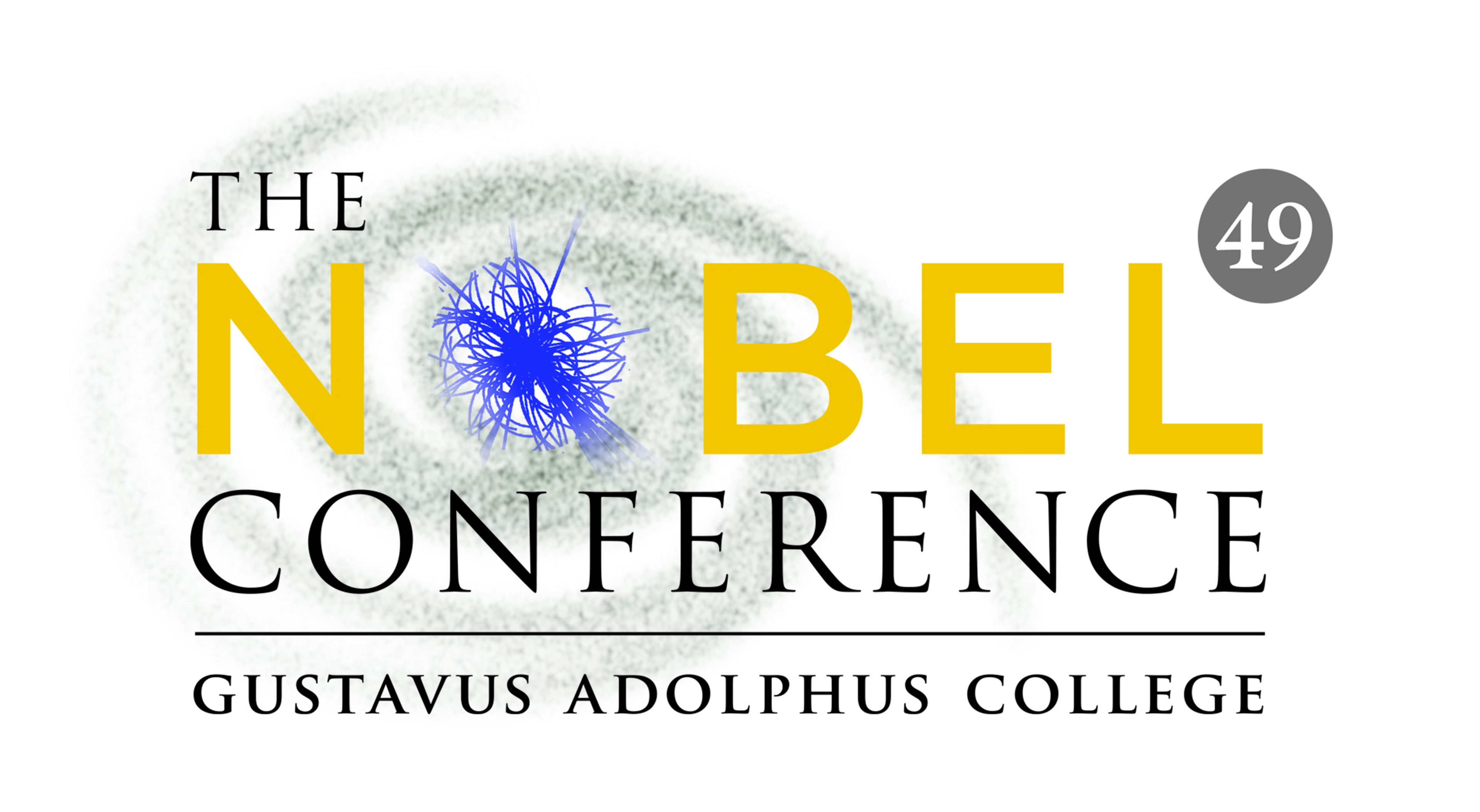Gustavus has held the annual Nobel Conference annually since 1965. This year’s conference will be held Tuesday and Wednesday, Oct. 1 and 2 at Gustavus. Its origins trace back to the dedication of the Nobel Hall of Science in 1963 when 26 Nobel Laureates gathered at the college for the event. Following this gathering, President Edgar Carlson and other college officials came up with the idea to hold an annual science conference. The vision for the conference was to bring cutting-edge science issues to the attention of an audience of students and interested adults, and to engage the panelists and the audience in a discussion of the moral and societal impact of these issues.
In its 49th year, the Nobel Conference’s vision continues to shine and connect students to today’s most debated scientific topics. With current research getting closer and closer to understanding the fundamental questions of science, Nobel Conference 49 titled The Universe at Its Limits, will explore questions such as: What is the universe made of? Where did it come from? And, where is it going?
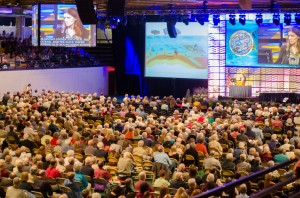
“As visiting professor Dr. Gates described in the opening preview for the Nobel Conference, physicists tell stories to describe what we see in nature. Just as religion is used to put faith in what we cannot see, physics attempts to answer the hardest questions in science. We are so lucky to have some of the brightest minds in modern physics on campus, who can help us consider these deeper questions and place the significance of recent discoveries in context,” Senior Physics Major Olivia Palmer said.
When science first began as a discipline over 2,000 years ago, two different lines of focus emerged.
“Science began in two directions: one was looking out at the stars – looking at how universes are constructed. There was also the idea of looking inside and looking for the smallest piece, which the Greeks called the atom, though of course now we know that an atom is not the smallest piece,” Physics Professor and Nobel Conference 49 Chair Steve Mellema said.
These are two seemingly opposite endeavors, but by the end of the twentieth century, scientists learned that in order to find answers to both, they needed to look in the same place.
“Before the Big Bang, all matter and energy were confined in a tiny volume and it was hot and dense. In order to replicate these conditions, we use particle accelerators. That’s the only place we can recreate the conditions of the early universe. Here, we’re not just doing the inner search; the two studies have become one,” Mellema said.
This kind of research helps scientists find answers to the questions of the origin, elements, and evolution of the universe, which inevitably relates to the conversation between science and religion.
“As we explore our origins, it asks the question, ‘Where is God in all this?’” Physics Professor and Director of the Nobel Conference Chuck Niederriter said.
One of the goals of the Nobel Conference is to bring a liberal arts perspective into the conversation. This year’s conference does just that by connecting the disciplines of science and religion.
According to Mellema, this year may be a change from what students have experienced at previous conferences.
“The recent conferences had more practical applications to everyday lives, but this one is more intellectual, exploring the science and religion dialogue,” Mellema said.
Every year, the Nobel Conference gives faculty and students the opportunity to connect with presenters on a deeper level by hosting the speakers. Hosts are responsible for escorting speakers to the conference, accompanying them to their meals and other events, and showing them around campus.
Religion Professor Deborah Goodwin will be hosting Father George Coyne during his time on campus and is enthusiastic about the conversations his talk might inspire.
“The rate of American illiteracy about science is probably about equal to our illiteracy about religion and both contribute to needless divisions in our society,” Goodwin said. “This is unfortunate. Being ignorant about religious perspectives can trap people in false choices between being religious and being a scientist. They seem to think that hostility between science and religion is inevitable.”
As a physics major, Palmer is closely tied to this year’s topic, which is how she got the position of hosting speaker Samuel Ting.
“I am very excited to be hosting Samuel Ting for this year’s Nobel Conference. He has led a fascinating life filled with hard work and determination, leading him to be recognized around the world. At age 20, with just $100 in his pocket, he left China to follow in his parents’ footsteps and attend the University of Michigan, earning his undergraduate and Ph.D. in physics in just six years. He went on to earn a Nobel Prize, along with many other notable accomplishments,” Palmer said.
The conference will explore the questions of the universe in light of recent discoveries in the realm of physics and astronomy, and spend time contemplating both their scientific and philosophical implications.
“I’m excited about the whole thing, just seeing this collection of speakers and the conversations they’ll have among themselves. As much as anything, I look forward to the question and answer periods after the talks, because that’s where the fun is going to be,” Niederriter said.
Tuesday, Oct. 1
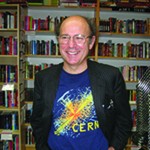
and Communication
10 a.m. First Lecture: Frank A. Wilczek, Ph.D.
“Geometric Fantasy”
Theoretical physicist Frank Wilczek shared the 2004 Nobel Prize in physics with David Gross and H. David Politzer for their discovery of “asymptotic freedom,” which holds that the closer quarks are to each other, the weaker the interaction (or color change) between them (and that when quarks are in extreme proximity, the nuclear force between them is so weak that they behave almost as free particles). In 1973, while a graduate student at Princeton, Wilczek and his adviser, David Gross, developed the theory (independently discovered by Politzer at Harvard), which was important for the development of quantum chromodynamics.
11 a.m. Q&A Session
11:30 a.m. Lunch Break
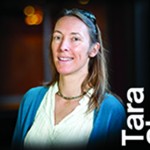
and Communication
1 p.m. Second Lecture: Tara G. Shears, Ph.D.
“The Innermost Universe; Exploring the Subatomic Frontier”
Particle physicist Tara Shears started her career investigating the behavior of fundamental particles and forces for the OPAL experiment at CERN (the European organization for nuclear research), in Geneva, Switzerland. Her experiments now center on researching the properties of bottom quarks using hadron colliders, testing the Standard Model theory in the electroweak sector, and seeking answers for why there’s so little antimatter in the universe.
2 p.m. Q&A Session
2:30 p.m. Break
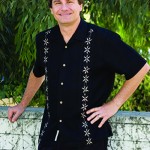
and Communication
3 p.m. Third Lecture: Alexei V. Filippenko, Ph.D.
“Dark Energy and the Runaway Universe”
One of the world’s most highly cited astronomers, Alexei Filippenko was a member of the Supernova Cosmology Project and the High-z Supernova Search Team that used observations of extragalactic supernovae to prove the accelerating expansion of the universe and thus imply the existence of “dark energy.” The discovery was voted the top science breakthrough of 1998 by Science magazine and earned the teams’ leaders the 2011 Nobel Prize in physics. Filippenko also works on quantifying the physical properties of quasars and active galaxies and searches for black holes in both X-ray binary stars and nearby galactic nuclei.
4 p.m. Q&A Session
5 p.m. Dinner Break
6 p.m. Art at the Nobel Conference | Hillstrom Museum of Art
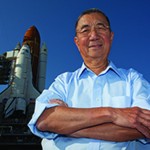
and Communication
6:30 p.m. Fourth Lecture: Samuel C.C. Ting, Ph.D.
“The Alpha Magnetic Spectrometer Experiment on the International Space Station”
Experimental physicist Samuel Ting shared the 1976 Nobel Prize in physics with Burton Richter of the Stanford Linear Accelerator Center “for their pioneering work in the discovery of a heavy elementary particle of a new kind.” Their discovery of the J/ψ meson nuclear particle opened the door to the identification of a whole family of new particles. Ting is also the principal investigator for the $1.5 billion Alpha Magnetic Spectrometer experiment installed on the International Space Station in May 2011, a project involving 500 scientists from 56 institutions and 16 countries.
7:30 p.m. Q&A Session
8:15 p.m. The Nobel Conference: “Dark Energy” | Christ Chapel
Wednesday, Oct. 2
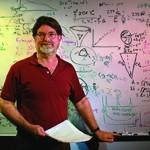
and Communication
10 a.m. Fifth Lecture: George F. Smoot III, Ph.D.
“Mapping the Universe and Its History”
Cosmologist George Smoot shared the 2006 Nobel Prize in physics for his work with senior NASA astrophysicist John Mather on the Cosmic Background Explorer satellite (COBE) that led to the measurement “of the black body form and anisotropy of the cosmic microwave radiation” and evidence of the fiery birth of our universe. Smoot’s group at Berkeley National Laboratory has mapped the early universe, noting variations in the cosmic background radiation that are the “seeds” of present-day galaxies and clusters of galaxies.
11 a.m. Q&A Session
11:30 a.m. Lunch Break
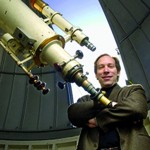
and Communication
1 p.m. Sixth Lecture: Lawrence M. Krauss, Ph.D.
“A Universe from Nothing”
Lawrence Krauss was one of the first physicists to suggest that most of the mass and energy of the universe resides in empty space, an idea now widely known as “dark energy.” He is an advocate of “scientific skepticism, science education, and the science of morality” and appears regularly in national media for public outreach in science. He currently serves on the advisory board of Scientists and Engineers for America, an organization focused on promoting sound science in American government.
2 p.m. Q&A Session
2:30 p.m. Break
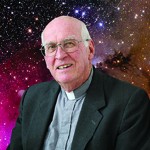
and Communication
3 p.m. Seventh Lecture: George V. Coyne, S.J., Ph.D.
“Quantum Cosmology and Creation”
A Jesuit priest, George Coyne was director of the Vatican Observatory hosted by the Mount Graham International Observatory in southeastern Arizona from 1978 to 2006 and spearheaded several new educational and research initiatives. His research interests have been in polarimetric studies of various subjects, which can reveal the properties of cosmic dust and synchrotron radiation regions in galaxies.
4 p.m. Q&A Session
6:30 p.m. The Nobel Conference Banquet Evelyn Young Dining Room
*Banquet ticket required
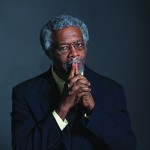
and Communication
7:30 p.m. Closing Lecture: S. James Gates Jr., Ph.D.
“The Audience of Nature”
*For those not attending the banquet, the lecture will be simulcast in Alumni Hall
Sylvester James (Jim) Gates Jr. has been featured on many documentary programs on physics. Among these are “The Elegant Universe,” “Einstein’s Big Idea,” “Fabric of the Cosmos,” and “The Hunt for the Higgs.” In 2006, he completed a DVD series titled Superstring Theory: The DNA of Reality (for The Teaching Company), composed of 24 half-hour lectures, to make unification in fundamental physics accessible to non-scientists. At the 2008 World Science Festival, Prof. Gates narrated a ballet, The Elegant Universe, with an online resource presentation of the artist forms (called adinkras) connected to his scientific research. These were the topic of “Symbols of Power: Adinkras and the Nature of Reality,” a cover story in 2010 of the British magazine Physics World that led to websites on the topic that have been viewed over 600,000 times.
